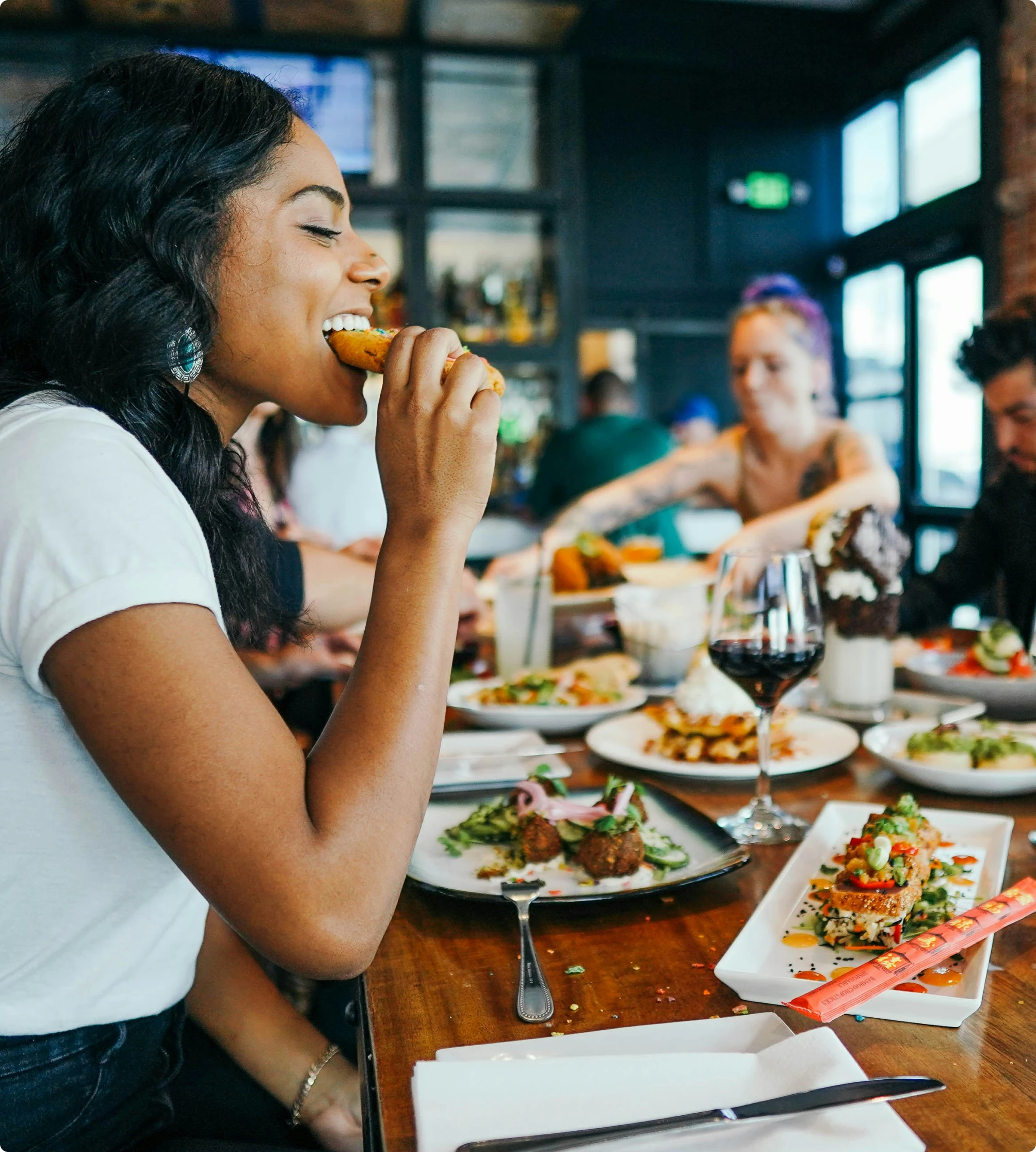Whitechapel’s cultural scene is deeply rooted in its rich history and vibrant diversity, making Whitechapel a dynamic cultural hub in East London. Whitechapel Gallery is a key venue, showcasing contemporary art and exhibitions that highlight Whitechapel’s role in the global art world. Whitechapel’s street art and creative spaces further enrich the area.
Community life in Whitechapel buzzes with multicultural festivals, markets, and events that celebrate Whitechapel’s diverse population. Whitechapel’s libraries and community centres host workshops and activities, fostering creativity and connection among Whitechapel’s residents from many backgrounds and generations.
Whitechapel’s heritage is visible in its historic sites like the Whitechapel Bell Foundry and the nearby Royal London Hospital, which add layers to Whitechapel’s identity. Whitechapel’s vibrant streets and public spaces are alive with cultural expression, making Whitechapel a unique blend of history, art, and community spirit.







































































